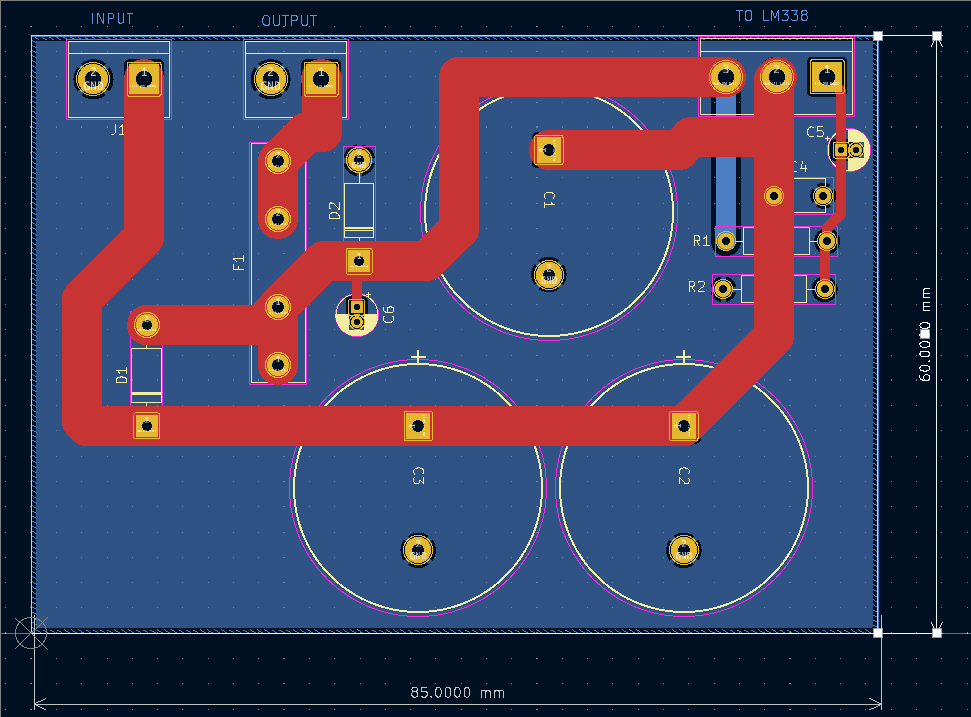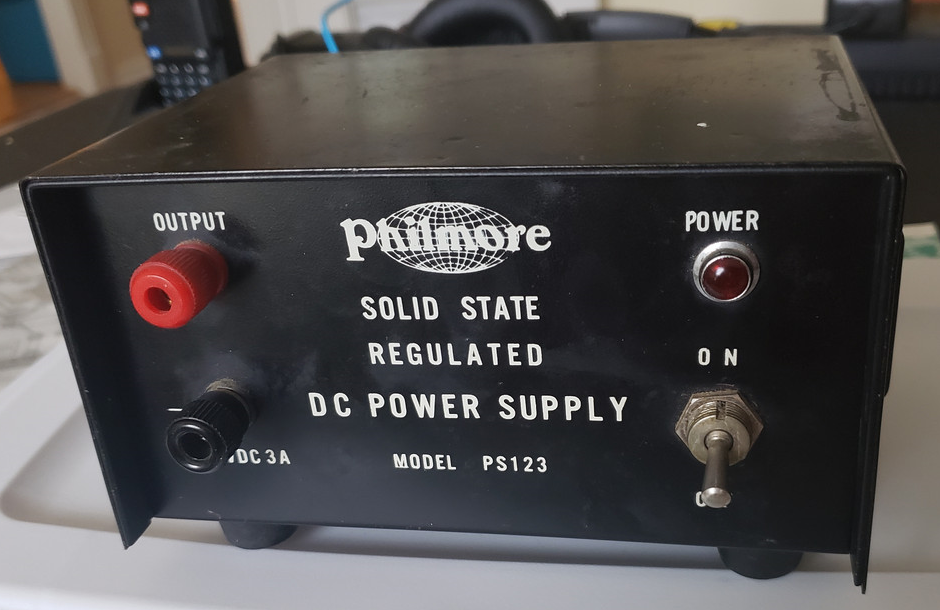I have populated the SWR detector PCB. The 0603 capacitors and resistors are about the size of sesame seeds and require a lot of care to install. With a little practice it seemed I was able to solder them to the board fairly well.
I set out a white paper napkin to hold the parts before soldering. The white napkin has good contrast with the tiny parts so they are easier to see and handle. I used a small Ungar Princess soldering iron with a very sharp point. I pair of tweezer is necessary to pickup and position the parts. I used ultrafine 0.3 mm diameter solder. To solder a 0603 part on the board, first solder a small dab of solder on one of the pads. Pick up the part with the tweezers and place it in position, one end on top of pad with the small dab of solder, the other end of the parts goes on the other unsoldered pad. Heat the soldered pad until the solder melts, then continue until the part itself heats up and wets with solder. The part will self-center on the soldered pad. After letting the pad cool. Solder the other pad to the part.
I tested the voltage regulator on the board. It produced 5V whenever the input voltage exceeded 6.5 volts.












